How To Properly Catch & Release Fish (Without Killing Them)
- By: Joseph Simonds
- on
- Found In: Conservation, Fishing Tips
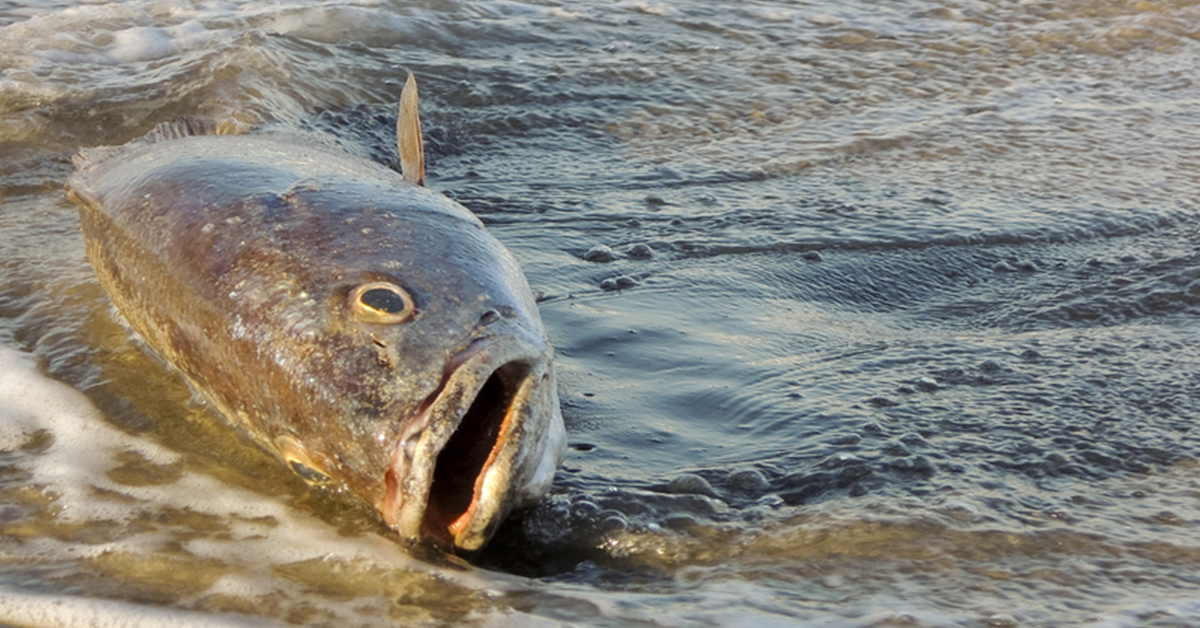
Another dead fish…
Allow me to introduce you to one of the most misunderstood and misused fishing techniques that sadly kills countless fish every year in both freshwater and saltwater…
And then allow me to also introduce you to a fellow angler that is working incredibly hard to put an end to the accidental killing of fish…
But first, let’s talk about the Big Problem that is ironically killing fish…
It’s a well-known term called, “Catch and Release Fishing” that you’ve certainly heard of (and hopefully have practiced a time or two… or countless hundreds of times).
I say “ironically killing fish” because this fishing conservation practice known as catch and release fishing has been backfiring more than ever before… resulting in more dead and severely handicapped fish from failed releases…
And if you are scratching your head wondering how catch and release fishing can end up killing or disabling your fish, then please read this entire hard-hitting and eye-opening article.
Let’s work together to put an end to the horribly mishandled fish pictures on Facebook, Instagram, and other social media sites that we all continue to see every week.
I know personally that I cringe every time that I see a fish mishandled in a picture of video when the comments or audio say that the fish released…
I cringe because I know it is only going to bring a wrath of negative comments from other anglers, and I cringe because I know it probably did some serious damage to the fish… might have well just kept it and fed your family…
That’s why when well-known Florida angler Marc Krsek sent me his article on catch and release fishing below, I knew that it was my job to share it with you to help spread the word.
Let’s not give fish-hating groups like PETA (read the “Open Letter to PETA on Catch & Release Fishing” here) any more ammo to attack our beloved sport.
More importantly, let’s do this for our kids, grandkids, and all of the future generations to come so that they can have the same amazing fishing experiences we have had.
Final note on this subject of proper catch and release fish handling:
This is NOT a holier than thou post, this is NOT a witch-hunt, and this post is NOT intended to pick on anyone or start calling out old pictures or videos of angler’s mishandling fish.
It is also important to note that in many cases the pictures with handled fish were fish that were kept for food (not released). So don’t always be so quick to pass judgment. And finally, there are going to be times when you do everything that you can correct and the fish doesn’t make it…
The fact of the matter is we have come a long way in the past decade in regards to understanding the perfect catch and release, and all we can do going forward is to educate and give constructive criticism when we see it going forward.
Ladies and Gentlemen, introducing Marc Krsek.
Proper Catch And Release Handling
By Marc Krsek
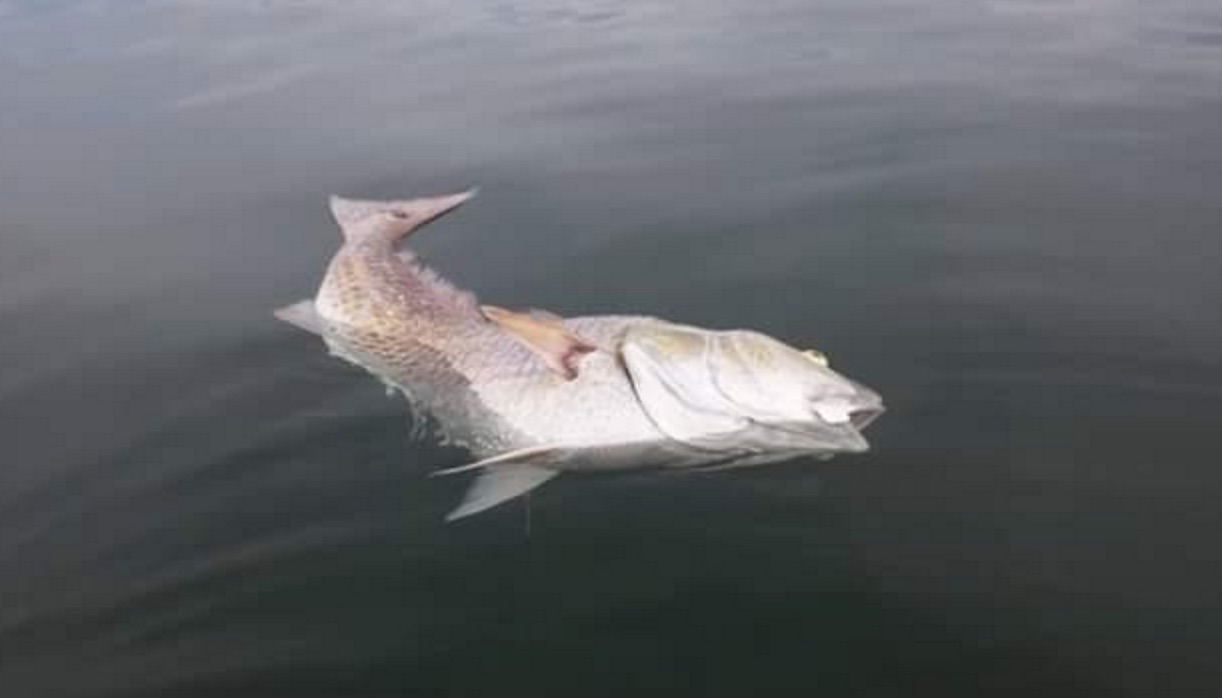
We have all seen it at one point or another…
A picture pops up on a forum, facebook page, or other forms of social media of a beautiful trophy fish being badly handled. And we all know the backlash that can sometimes follow.
It can get downright brutal!
But we should be using these instances as an opportunity to educate rather than bash our fellow anglers.
More often than not, the angler had not been educated on the correct way to handle a game fish intended for release.
So this article is intended to help educate the angling community on fish handling skills and respect of the fish overall.
Mistake #1 – Holding The Fish Vertically By The Jaw Or Gills
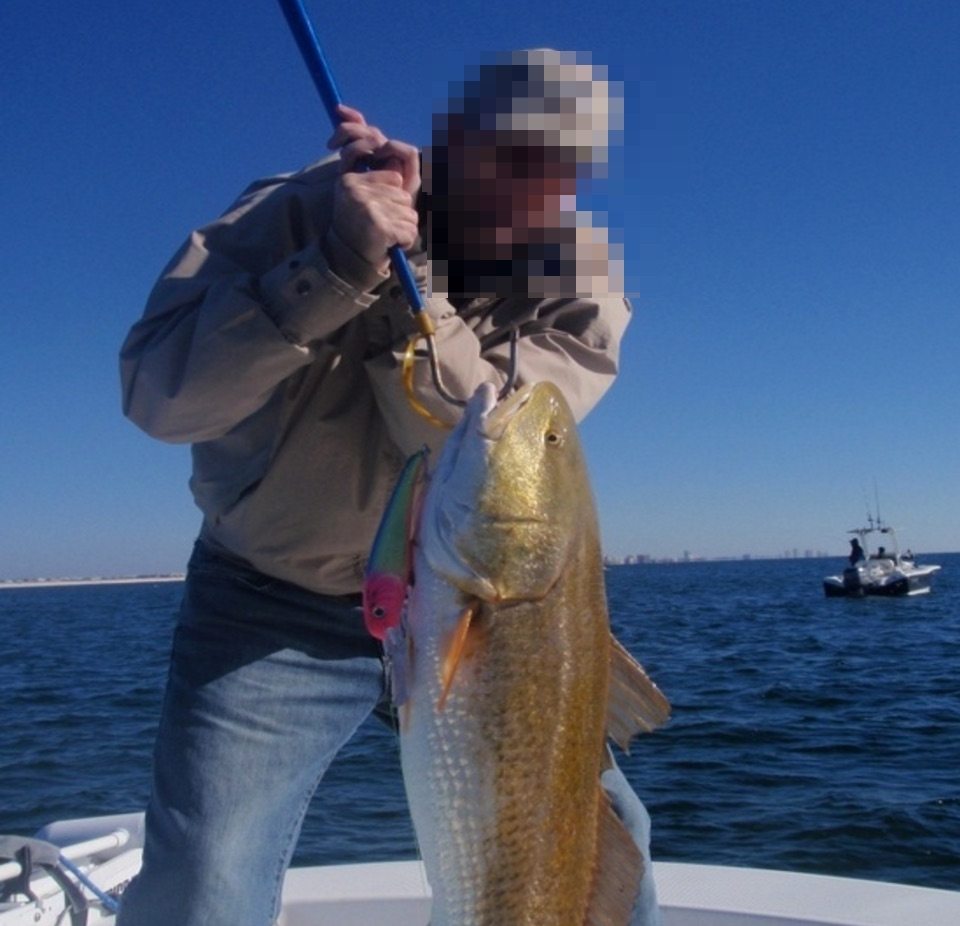
Large fish can be very sensitive to the landing process and there are a few key rules of thumb that you can apply while landing and posing your fish for pictures to eliminate or minimize distress and damage to the fish.
The aqueous world in which fish reside in is essentially a zero gravity environment.
In other words, fish were never intended to be brought above the surface and handled.
Therefore, their organs are not designed to feel the effects of gravity in which you and I live in.
What many of us take for granted can cause numerous complications for a fish, most leading to eventual death.
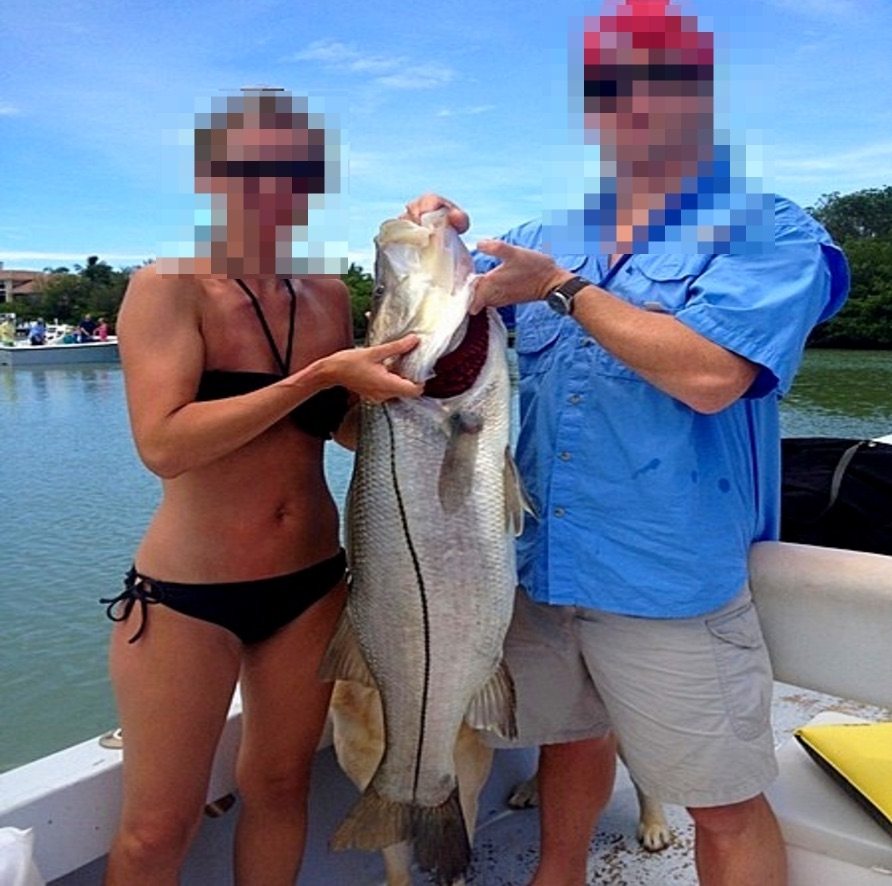
Holding a fish by the jaw and hanging it in a vertical fashion is the single most detrimental act one can inflict upon a fish intended for release.
When the fish is hung vertically, the weight of the fish causes vertebrae to separate in the spine, and causes the organs to shift downward in the stomach cavity and potentially tear.
A study was done on Barramundi, (a close relative to the Snook) to measure the effects of jaw hanging (aka hanging each fish by its jaw before releasing it).
In the study, 50 out of 50 of these fish that were handled in this manner eventually died as a direct result of being jaw hung https://myfwc.com/research/saltwater/fish/snook/cryptic-mortality/ .
That is an astounding statistic and should be an absolute eye opener for every conservation minded angler.
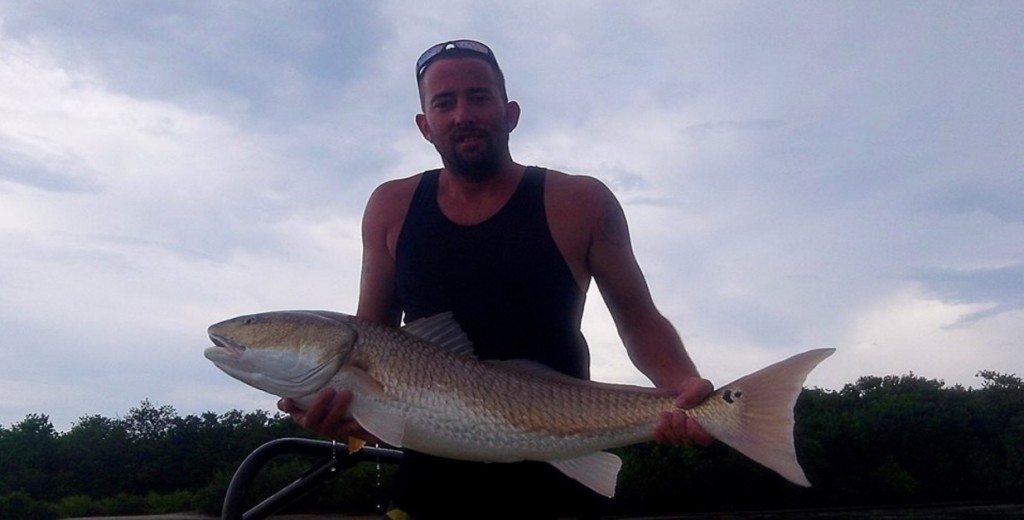
So then what IS the correct way to handle your fish?
The best rule of thumb is to always keep the fish horizontal.
Never hold the fish in a vertical fashion whether it is with your hand, or a lip gripping device, and always be sure to support the belly of the fish, letting the stomach cavity rest on your open palm if possible.
If you lay the fish on the gunwale of the boat to remove the hook, make sure to wet it down to avoid slime loss.
Mistake #2 – Removing The Fish’s Slime
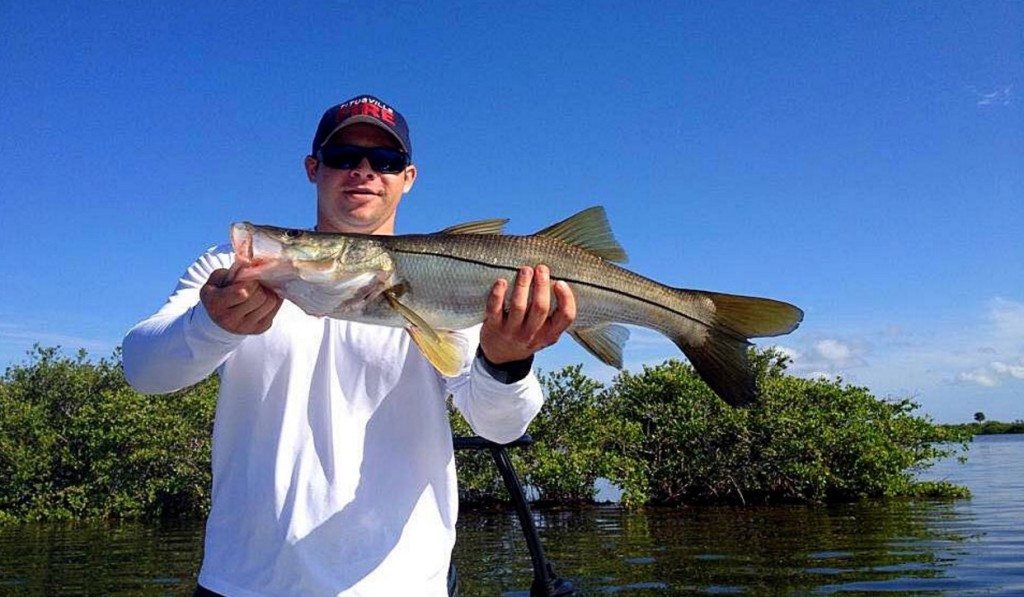
NEVER grab a fish that you are going to release with a towel or cloth, as this will remove slime.
Boga grips (aka Fish Grips) and other fish gripping devices are useful tools ONLY if used in the correct fashion.
“Lipping” a fish with a device and then pulling it into the boat by the device only is essentially the same thing as hanging it by the jaw for a picture, so make sure you are always using fish grips correctly.
Kneel down and place your hand under the belly of the fish for support as you land it into the boat.
NEVER weigh a fish on a hand scale if you intend to release it.
An approximate weight can be taken by recording the length and girth measurements and then multiplying the two numbers.
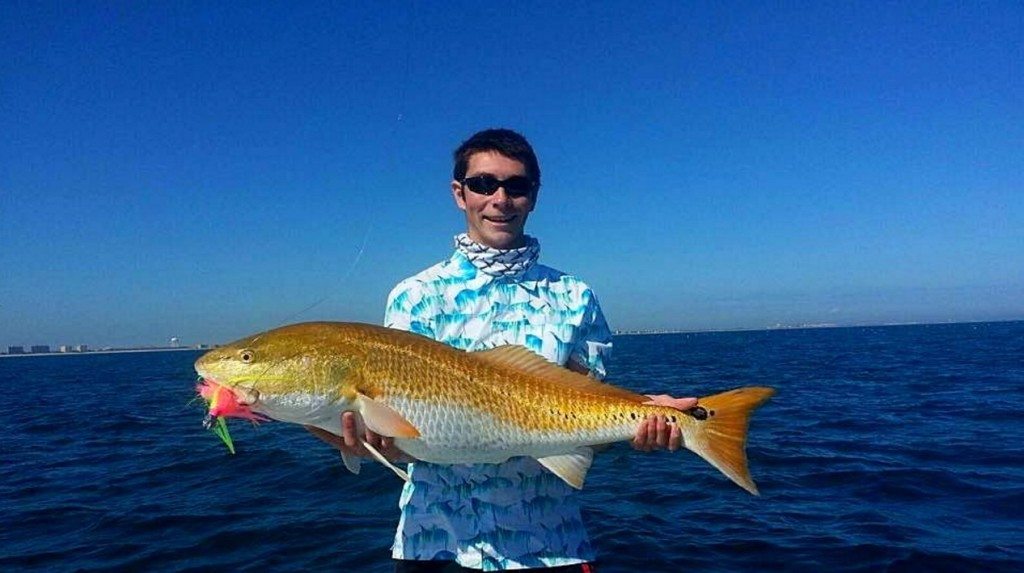
Deeply hooked fish should be handled with extreme care.
A de-hooker is a great tool to have on board to be able to extract a hook.
If you have difficulty removing the hook the best course of action is to cut the line as close to the eye of the hook as possible and release the fish as is.
Most of the time the fish can still feed and the hook will rust out in time.
Read “The Truth about Leaving a Fishing Lure in a Fish’s Mouth [New Study]”
Avoid using stainless steel hooks of any kind, as these will not rust out.
If you are using natural bait, employing circle hooks is a great step for conservation as they almost always hook the fish in the corner of the mouth rather than the throat.
Light wire, non-coated hooks are best because they will rust out much faster in the event that you do have to leave the hook in the fish.
Mistake #3 – Avoid The Gills
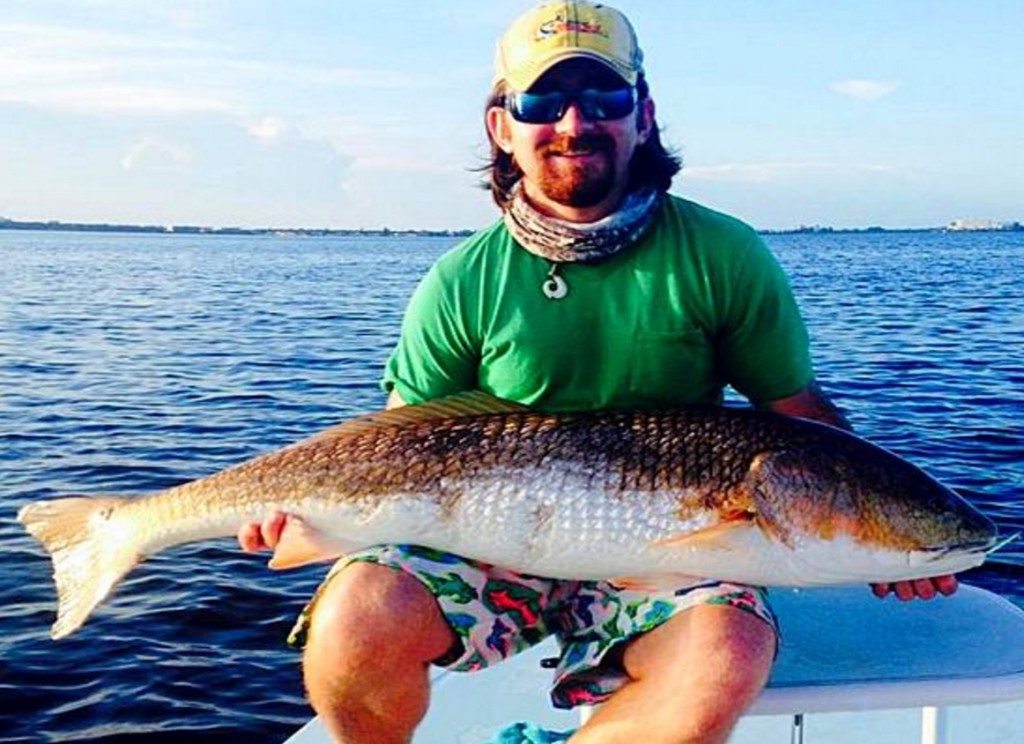
Other things to avoid also include the gill area of the fish.
The gills are by far the most sensitive organ the fish possess.
Without it they cannot filter oxygen out of the water needed to survive.
Even a minor brush with the gills can damage the small red filaments and lead to problems absorbing oxygen. This is the reason fish possess heavy gill plates, to protect this crucial organ from damage.
This is the reason fish possess heavy gill plates, to protect this crucial organ from damage.
Never stick your fingers behind the gill plate and lift to land a fish.
Also, wet your hands before you land a fish, and all objects that you plan to place it on (gunwale, measuring board, ect.). This will aid in protecting the slime coat of the fish which protects it from bacteria and pathogens in the water.
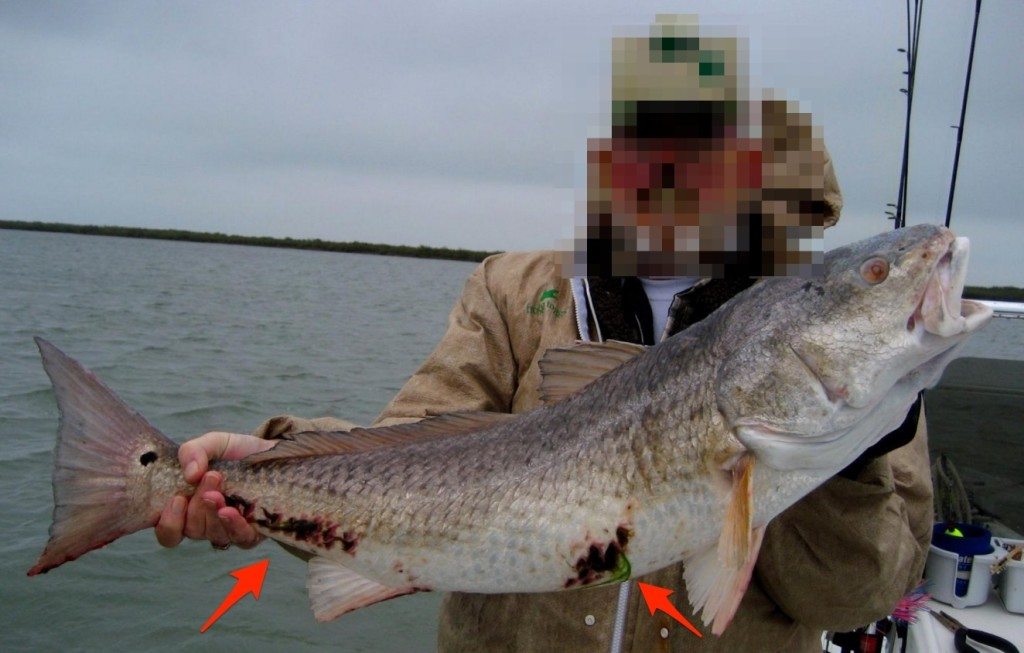
Large fish that have had a long fight will almost always need a minute or two of revival at boat-side before you send them on their way.
Long fights cause a build up of lactic acid in the fillets of the fish and this acid needs to be worked out before you let go of the fish. If you do not relieve the acid build up, the fish will usually swim off about 10-20 feet and seize up, turning upside down on the bottom and suffocating to death.
If you do not relieve the acid build up, the fish will usually swim off about 10-20 feet and seize up, turning upside down on the bottom and suffocating to death.
Just because a fish swims off does not guarantee its survival.
How To Relieve Lactic Acid In Fish
- To relieve the lactic acid build up, put your fish in the water while you keep a firm grip on it’s tail.
- Wave the fish side to side in a swimming motion, never back and forth.
- This swimming motion will alleviate the lactic acid build up and allow your fish a fighting chance at survival.
- You will know when the fish is ready because you will feel it try to “kick” or escape from your grip.
- Once the fish is kicking with some vigor, let it go, and keep your eye on it for as long as possible to ensure that it doesn’t roll over belly up.
Note: You can also use lip grips to slowly troll your fish head first to run water over it’s gills and help it recover oxygen. Heading out to deeper water when it is in close proximity can sometimes make a difference as it usually contains much more dissolved oxygen than a shallow flat, especially in the summer time.
Finally, if your fish does roll over and the water is shallow enough, don’t be afraid to jump out and lend a hand!
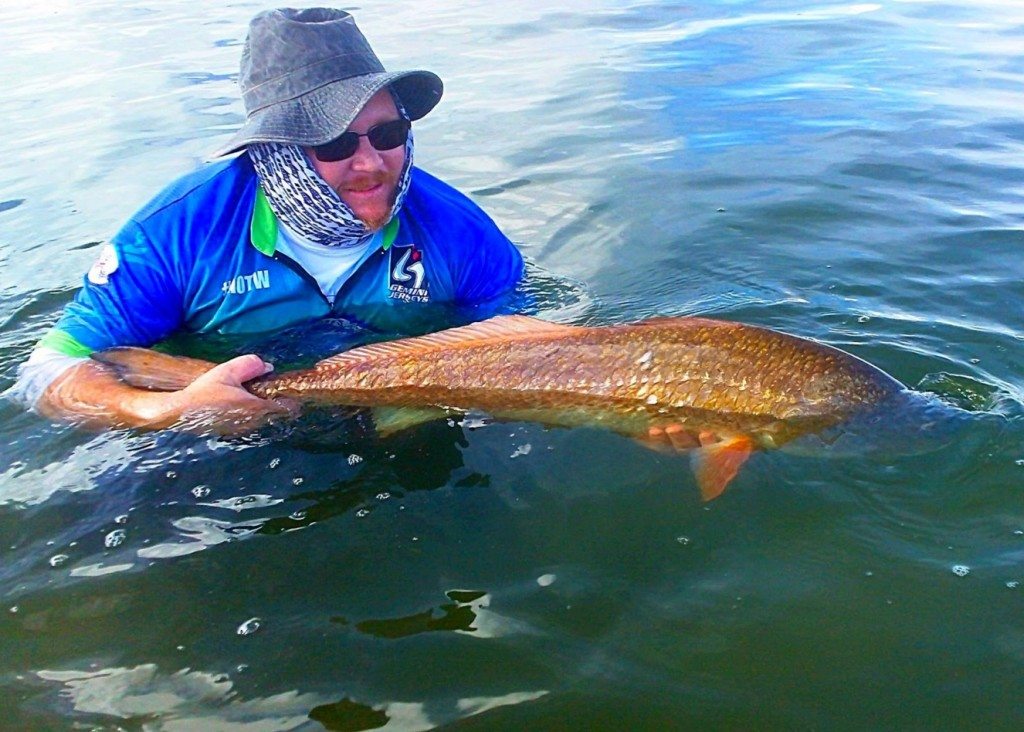
Fishing shallow areas in the summer months can also pose dangers to the fish.
When water temperatures skyrocket on the flats in the summer, it greatly reduces the amount of dissolved oxygen in the water.
That means long fights with tackle that is too light can be a death sentence to big fish.
To put it into perspective, it would be like a human trying to run for his or her ife with a bag over their head. If you know you are going after large fish, don’t hesitate to use a little heavier tackle in order to cut down on the fight time during the hot months.
The faster you can land the fish, the healthier it will be when you revive it for release!
Conclusion
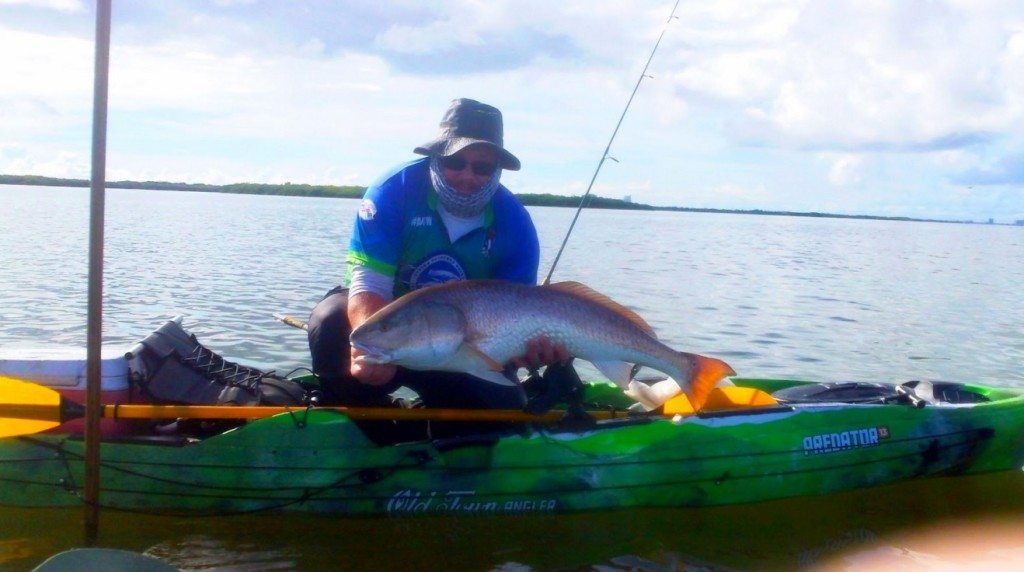
If you utilize these easy steps the next time you have a trophy at the end of your line, you can assure that your fish will return back to its environment and successfully perpetuate the species, and may even be caught again by another lucky angler.
There are only a limited number of fish in our local stocks, and we have more and more people moving here every year fishing on our waterways.
If we all follow the rules of good fish handling practices, these fish will be here for years to come for us all to enjoy.
In the end, we are the stewards of our waterways, and it is up to us to conserve the resource and respect the fish.
Tight lines and happy fishing!
For more on Strong Angler Marc Krsek, check him out here at Adventure On The Water.
P.S. – If you think your angler friends or fishing networks/groups would like this post, please Tag them or Share this with them. I would greatly appreciate it.
P.P.S. – If you have any questions, thoughts, or additional points on catch and release fishing that we can address or add, please let us know in the comments.
Fish On and Respect The Fish.
Note: All images provided by Marc Krsek
Related categories:
STOP WASTING TIME ON THE WATER!
Do what the “SMART ANGLERS” are doing and join the Insider Club.
Here’s what you’ll receive today when you join:
- Weekly fishing reports and TRENDS revealing exactly where you should fish every trip
- Weekly “spot dissection” videos that walk you through all the best spots in your area
- Exclusive fishing tips from the PROS you can’t find anywhere else
- Everything you need to start catching fish more consistently (regardless if you fish out of a boat, kayak, or land).



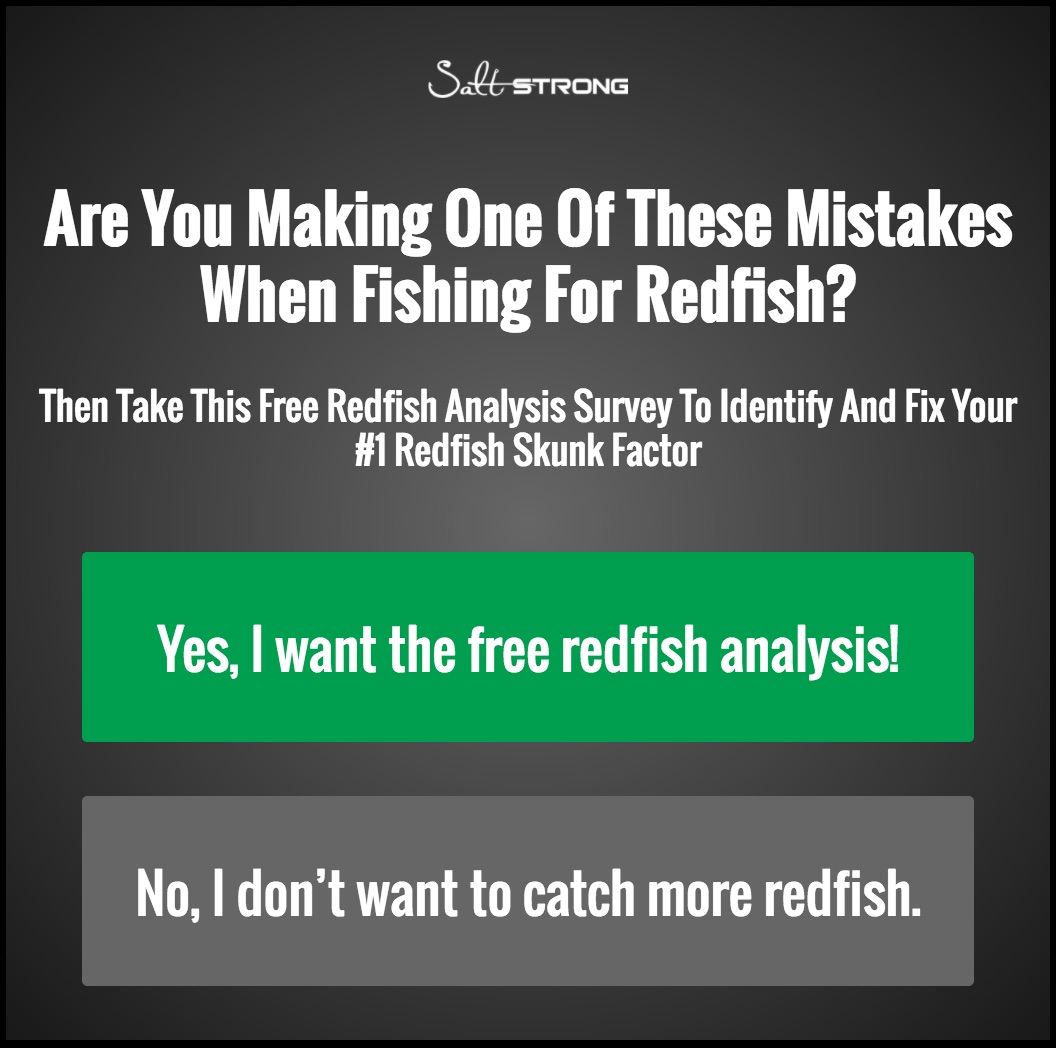







Thank you for this. Excellent advice. For those who are skimming your article, perhaps re-editing the following sub-title so it doesn’t communicate the opposite of what you mean to say. Consider changing:
Mistake #3: Avoid the Gills
to
Mistake #3: Touching the Gills
A northern pike flopping on bottom of boat, the loss of slim will cause a bacteria infection and the fish will die in two weeks…
True or False
A great article! ‘Net-tail’ is another factor that leads to delayed mortality of ‘released’ fish. This is too commonly seen, especially with speckled trout. The worst offenders seem to be the use of the cheap, wide mesh nets made of polypropylene (plastic). These not only break the thin skin that connects the fine bones in the tail of a fish, but is more effective to wipe protective slime from the fish. That is a one-two punch toward post release infection and slower swimming ability.
The best landing nets should have a mesh no greater than 1/2 inch, and be made of a flexible, softer rubber or plastic that cradles the entire fish. Also, the angler should handle any fish with wet hands if they intend to release it!
Very good info. I’ve seen many hot shots over the years that don’t have a clue as to how to handle fish for release.
I really appreciate your tip on how fish aren’t meant to feel the pressure of gravity on their organs like we are. My wife and I have been thinking of going on a fishing trip with our son so we can bond with him before he goes off to college. If we catch any fish, I will be sure to avoid keeping them out of the water for too long! https://www.fishwithhill.com/
Hi, I have a question regarding pier fishing. Lots of times, I reel small fish such as whiting vertically up the pier. IS this ok, or should I always use a net?
Hello. I am a beginner at fishing. I mostly fish for Large Mouth Bass, Northern Pike and Muskie. I caught my first Northern Pike today and I used The Jaw grip to unhook it. Held it vertical by the jaw. I was taught this was how unhook it. We did this because we were fishing on rocks and I searched for how to properly release a northern pike and two sites recommended this grip. We wet our hands before handling it, got it out of the net and unhooked it within 20-30 seconds. We got it back into the water “swam it” for a good 5 minutes and it finally darted off. I feel horrible because I broke rule #1. We continued to fish the area for a couple of hours after and didn’t see it belly up so I think it survived. Does Rule #1 apply to all fish?
Thanks for the information. I just started getting into fishing and now starting to land some of the bigger fish. I regret to say I’ve made some of these mistakes unknowingly. In my defense, my fish appear to swim off strongly. But education like this helps minimize mistakes for us new anglers. Thanks.
It’s an interesting topic, I caught a 52 inch Muskie while walleye fishing 8 pound test. It took 15 minutes to boat the fish, it took
a half hour of holding the tail of the fish keeping her upright to revive her. I thought I had killed her but stuck with it and was thrilled to finally see her swim off.
Agree, however in fishing freshwater in depths over 30 feet it is important to slowly bring the fish up, they need some time to adjust to the water pressure especially smaller fish.